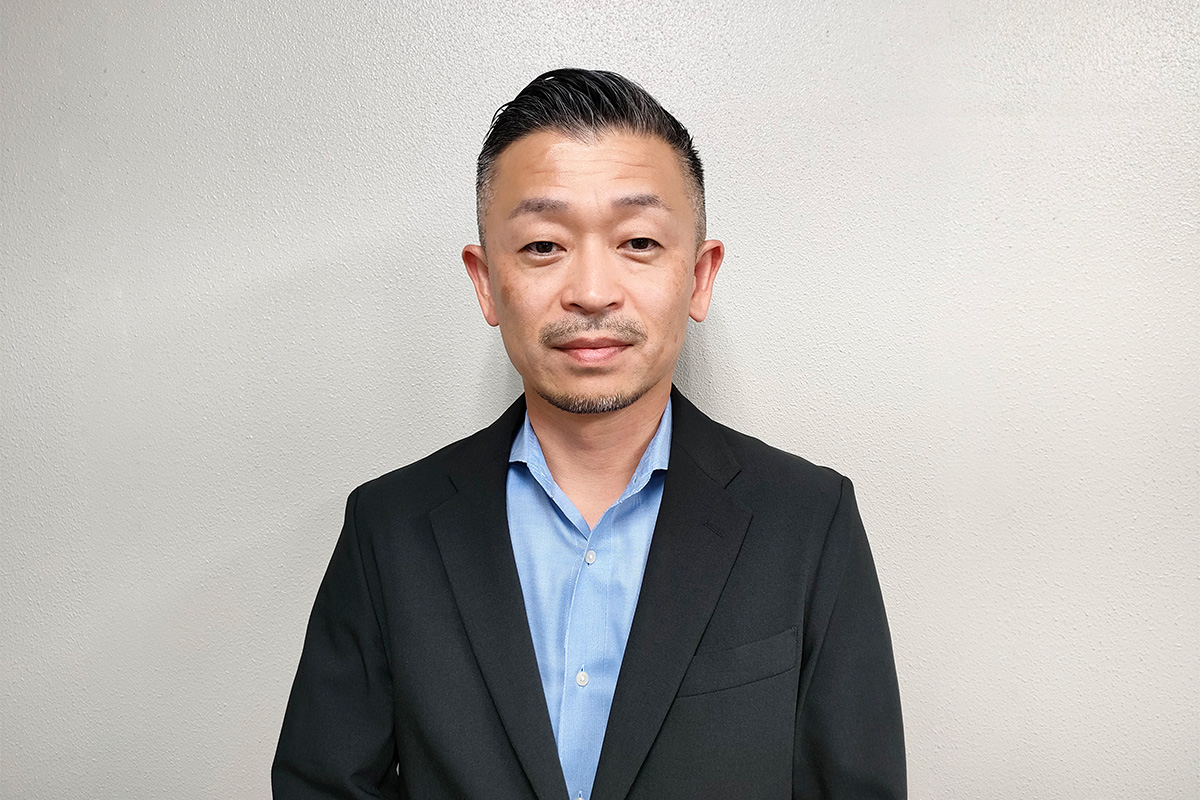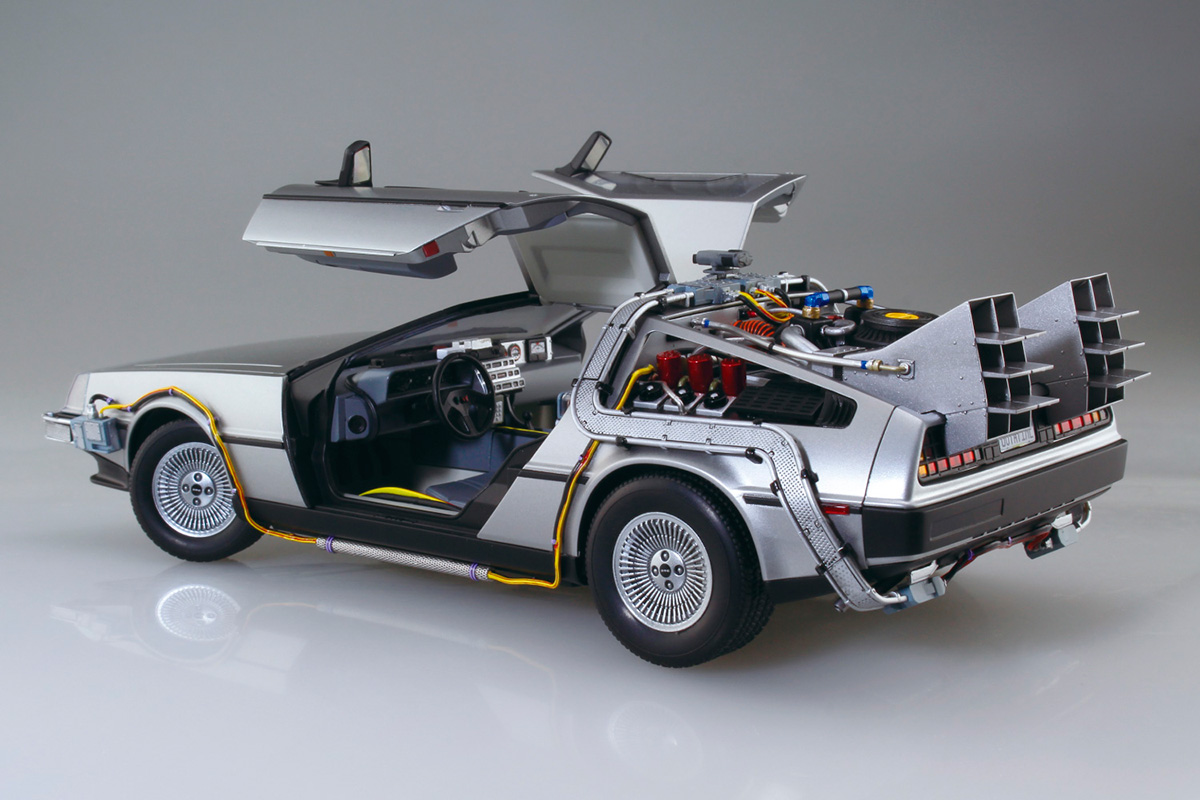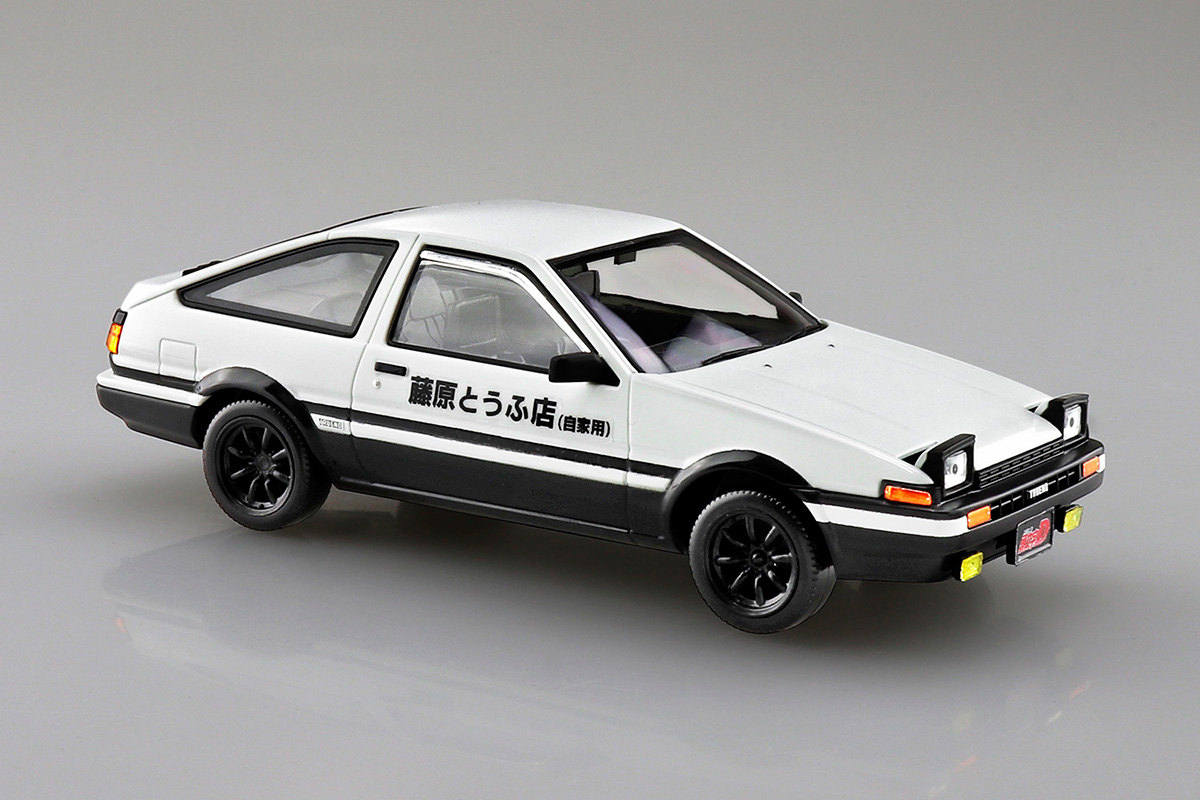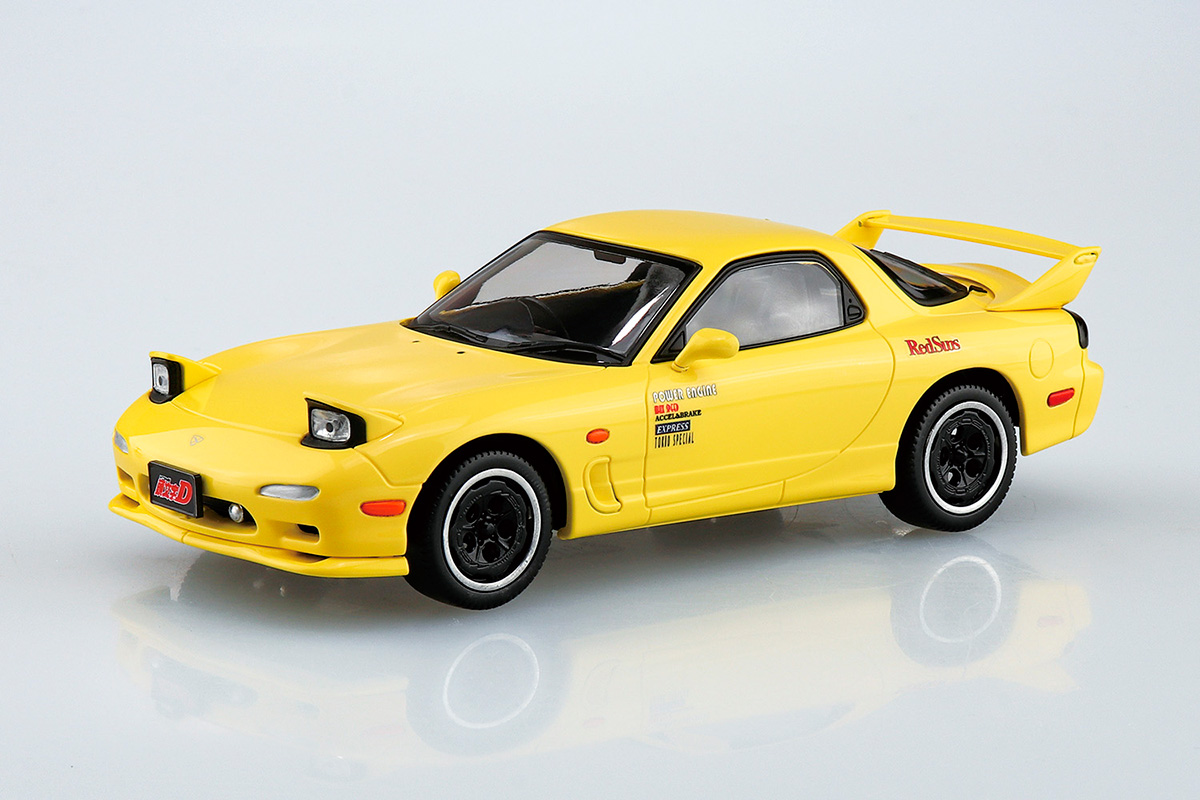Explore the secrets behind Aoshima Bunka Kyozai's commitment to precision in creating high-quality replicas of vehicles and its plans for a sustainable future, all while preparing the next generation for the evolving world of plastic model kits.

Japan is known worldwide for its monozukuri culture and its pursuit of excellence, quality, and exceptional products, which gives Japan a step ahead of companies all over the world. Your company is no exception, and you are known for creating really precise replicas of cars, bikes, trucks, and other vehicles. Within your firm, how do you ensure the highest quality of products?
I think the key to that quality lies in the design and the manufacturing. These days we use 3D design so in that sense what is really important is procuring the materials that will allow us to provide such high-quality designs. When it comes to plastic manufacturing, the molds are key to the quality, so we put a particular emphasis on being able to create the highest quality molds which in turn determine the level of plastic that comes through.
I do believe that the Japanese people as a population are quite thorough and meticulous. That kind of work ethic and focus on finding details is something that is vital to ensuring the quality of the molds. All of the craftsmen are really looking at every single detail to ensure the highest level of quality.

MOVIE MECHA No.BT-01 Timemachine from BACK TO THE FUTURE PartⅠ
You mentioned that the mold is key to these high-quality designs of your products. They are very intricate and very precise, and you’re able to replicate tiny details such as small gear levers. Can you explain to us some of the challenges that come with that? We know from talking to mold manufacturers that burrs in the model are a huge issue, as are transition lines. How do you ensure that there’s a seamless transition between components and there are no defects?
I think that any maker is thinking about this challenge, and it really is essential that during plastic injection molding the position of the product is as accurate as possible. Honestly, this is just common practice for any plastic injection molding. I think essentially it comes down to just always pursuing the greatest accuracy, and it is something we pride ourselves on.
With the advent of COVID-19, in recent years many industries suffered. In particular, physical retail stores have struggled to keep open due to lockdown and social distancing regulations. At the same time, online sales have jumped 13% in Japan. How has your business taken advantage of the recent popularity of e-commerce? How did the COVID-19 pandemic affect Aoshima Bunka Kyozai in particular?
In a nutshell, during the pandemic demand and growth increased because people were forced to stay at home. A lot more people were involved in hobbies, including those related to our business of highly accurate models of popular vehicles.
In June 2020 we actually saw our factory close down for two months, but we were fortunate to be able to restart production relatively quickly. From there, demand continued to rise. During this time we went back to our marketing and management strategy, rolling out more simpler products that were catered to beginners rather than enthusiasts. The idea was to sell more kits that are easier to assemble, catering to amateurs. These kits in particular don’t require any specialized glue or after assembly painting. The price is also a lot cheaper considering that they are catering to entry-level customers. We saw this as a great new market to target, so we actively designed and put out these simpler models. Simultaneously we were able to see the growing demand and significance that e-commerce platforms would play in our business. We decided to invest in advertising on Google and Amazon to strengthen our e-commerce visibility. In that way we also gradually shifted the way in which we conduct our sales, shifting our strategy to make it more focused online and putting more effort into online advertising. This was all to pick up speed and momentum that was lost as a result of the lockdowns and the restrictions put in place that were inhibiting our sales and marketing staff.
Japan’s industry has been outspokenly ambitious about its carbon-neutral targets. The manufacturing sector in particular is struggling to meet goals of 46% reduction of CO2 emissions by 2030. What efforts is your firm making to have a more sustainable manufacturing model?
It is very challenging as you can imagine. Everything we produce is plastic, but we have been really putting a lot of effort into researching and beginning to use more eco-friendly resins. We’ve looked into introducing and integrating recyclable resins rather than using polyethylene plastic resin. We are also pursuing a lot of research into the use of cellulose nanofiber materials that are made out of wood and are much more biodegradable. As we seek to research more recyclable materials, the biggest challenge is being able to provide a similar level of precision and accuracy, because it really is difficult when utilizing such materials. During these efforts, we have had successes and failures. We have had a failed attempt to use LIMEX, a material derived from limestone, but it did not match our products. With LIMEX it was very difficult to achieve the level of accuracy and precision that we require. However, our competitor Bandai for example, has succeeded in utilizing LIMEX. Of course, Bandai hasn’t been able to do it with all of their products, only some.
Since your foundation in 1924, you’ve become a reliable partner and supplier of plastic models and toys. Next year will be your 100th anniversary, so with that in mind, could you highlight some of the key milestones throughout your company’s history and tell us more about how your business model has evolved over time?
In 1924 we began by manufacturing wooden model kits for vehicles like wooden planes. Actually, the founder of our company was a pilot. He was the first ever citizen to fly planes for commercial private citizen usage in Shizuoka. Airline operations were a really difficult business to maintain at that time, and after only two years he had no choice but to close down his business. Instead, he began to channel and funnel his love for airplanes and his dreams as a pilot into manufacturing wooden model airplane kits.
The next turning point was in 1961 when we began to develop and manufacture plastic model kits. This was in line with the trend of the times as mass manufacturing began to pick up speed. The Japanese economy was also growing, and plastic became a highly versatile material. From 1961 into the 1980s these plastic kits saw a steady rise in sales and demand. Baby boomers and children of the time loved these kits and grew up together with them.
A big turning point however was Nintendo’s release of the Famicom Entertainment System in July 1983, and as soon as video games entered the market the plastic model kit market saw a steep decline. Since then, it has continued to decline, however, in Japan in particular it hasn’t been all doom and gloom. We saw the emergence of figurines and a huge surge in the popularity of anime characters. There was a massive amount of enthusiasm around these plastic figures and kits that were originally limited to replicas of planes and cars. This huge market for anime figurines has bolstered the market in recent years as well. We are also seeing the market pick up because of the effects of COVID-19.

SNAP KIT No.CM1 INITIAL-D TAKUMI'S HACHIROKU

SNAP KIT No.CM2 INITIAL-D KEISUKE'S FD
In the 1990s and the 2000s, we saw the emergence of the internet, and with the internet, you saw information about these anime figurines circulate around to fans and enthusiasts. This information became more widely spread and more recognized throughout the world. With this another opportunity came for those in the market to see growth.
You mentioned diversifying your product portfolio, and these days you have figurines, kits, remote control (RC) vehicles, and many more. Among all of the segments of products you offer, which do you believe has the most growth potential from a business perspective? Are there any types of models that you would like to produce in the future?
We plan to continue to put our strongest focus into cars and figurines. Our share of the plastic car model market in Japan is more than half. Of course, there are other makers, but we are pretty strong when it comes to plastic car models. We want to continue to leverage our strengths and grow where we are strongest. What we’ve been doing in order to continue leveraging our strengths is considering the changing environment of our users. Oftentimes these home environments are not necessarily the most favorable for painting and gluing. This is another reason why we are looking to grow our simpler model kits that are as precise as real life, but simpler to assemble.
Of course, we want to put efforts into replica figurines of characters and robots. Although it is challenging, Aoshima Bunka Kyozai is committed to growing our own original range of products under our own intellectual property (IP).
Japan's car culture has made its way around the world, especially over the last 20 years with the popularity of the Fast and Furious movies. The Nissan GT-R and the Mazda RX-7 have gained international fame and become iconic cars. Your company has replicas of both of them. If we talk about anime, it used to be niche, but now even mainstream streaming platforms like Netflix have seasonal anime simulcasts around the world. For foreign users of your products, which are the most popular products? Have you seen a shift or growth in anime figurine demand, especially from foreign users?
We are actually seeing the greatest growth in the Asian market in countries like China, Taiwan, and Southeast Asia. We do have a mature market in North America and Europe, even when it comes to characters and figurines. There used to be a delay or lag where things that were popular in Japan would take time to pick up speed elsewhere in the world. Now it is happening simultaneously. Properties that sort of speak to both anime and car culture are very popular, especially Initial D. In Japan the combination of characters together with the car models is in huge demand and we are also seeing that pick up in the rest of the world.
Next year we are rolling out the DeLorean model from the Back to the Future movie franchise. There is popular demand for that worldwide, not just in Japan. We see that in overseas markets the products that are popular are ones coming from movies or anime. Those sell strongly both in Japan and overseas. Series, where we offer customization to customers through the use of decals, are actually quite popular overseas, and that might include products such as our replica Lamborghini Murcielago. A good example is our Liberty Walk series where numerous features of the replicas can be adjusted such as the height or the fenders.
In many interviews we’ve carried out with key players in the industry the idea of partnerships is almost always mentioned. Especially when you are talking about overseas markets, local partnerships can be key in understanding a market and developing new products to cater to those markets. What role do partnerships play in your business model and are you currently looking for any new partnerships, particularly in overseas markets?
When it comes to overseas, we have a distribution network that then sells our products. This is working well for now, but we do know that things are changing. Distributors have delivery and sales functions, but they don’t necessarily do too much when it comes to marketing and brand recognition. That is where brand promotion and marketing take place, and this is something that we’ve been investing in, and that is all in-house. In the future, however, we want to be able to partner with more influential e-commerce platforms to strengthen our overseas presence.
Do you have any companies in mind?
Of course, I would have to say Amazon and Rakuten. I do believe the global trend is moving in the direction where the connection between maker and consumer is becoming more direct.
We’ve seen that this year in particular you’ve showcased your products through exhibitions, showcasing to consumers the products that are going to be released in the upcoming year. Are there any particular products that you are going to produce next year, and are there any particular products that you are looking forward to showcasing at major exhibitions during 2024?
We believe that 2024 and beyond will showcase our strength in replica car models. We really want to put an emphasis on our car models moving forward. In particular, you can see on our website our range of Snap Kits. Right now, our Snap Kits are 1:32 scale but next year we are looking to release bigger Snap Kits, sized around 1:24. We have three models coming out next year under this series, with particular emphasis on utility vehicles such as ambulances.
Then with the figurines, next year will see the release of the Delorean from Back to the Future as well as a series of figurines from the Macross series. These come from our brand ACKS, and we have a number of these figurines ready to go.
Are there any particular exhibitions or dates that you think are key next year?
Annually there are two particular shows that we always exhibit at. One is in May, and another is in September. At these exhibitions, we promote our newest upcoming products. Before these hobby shows used to be on a B2B level and limited to just distributors, so during those days we would showcase products that were coming out in the upcoming months. However, in recent times the trend has changed, and these hobby shows are not just limited to B2B. A lot of end users are now attending these shows to get a better understanding of what is going to hit the market in the next 6 months. It has become an opportunity for us to showcase products that are not necessarily next in line, but products that might even be a year out from release.
In 2005 you opened a factory in China. How do you ensure the level of quality produced in China matches the level of quality produced in Japan?
I think the factory grew from really ensuring that there was always solid technical training done by Japanese staff in the local facilities. Through this practice, we have been able to slowly transfer these precision skills to the staff at the Chinese factory. Nowadays factory workers are able to do the work without having constant onsite technical instructions, but I think through this process of technical instruction we have been able to ensure the quality matches that of Japan.
Unfortunately, however, the turnover rate in China is greater than in Japan and workers there will quit. This is a part of the business trend there and it does present somewhat of a challenge for us. Luckily in recent times, things have stabilized a little more, and I think this comes down to the recent changes in the approach to work in China and the rising income costs. Before when labor costs were lower there was a higher turnover rate and workers would switch jobs in pursuit of better salaries, but with salaries being much higher these days workers are more focused on sticking with a position and polishing their skills. This is creating a much more stable work environment in China.
Imagine that we came back on the very last day of your presidency and had this interview all over again. What goals or dreams do you hope to achieve by the time you are ready to pass the baton to the next generation of Aoshima Bunka Kyozai executives?
Currently, I’m putting the most emphasis on enabling the youngest generation of children to have opportunities to come into contact with these plastic models. When the older generation that appreciates these models passes away, the future of these models depends on the engagement of the youngest generation.
10-20 years from now when I do pass the baton onto the next generation, I would like them to really move our company into the next level of plastic model kits, remaining a key part of entertainment and toys for the time. I think in the future it will be about how we can incorporate AI and take these plastic models into the metaverse or whatever the new hobby of the time is.
0 COMMENTS